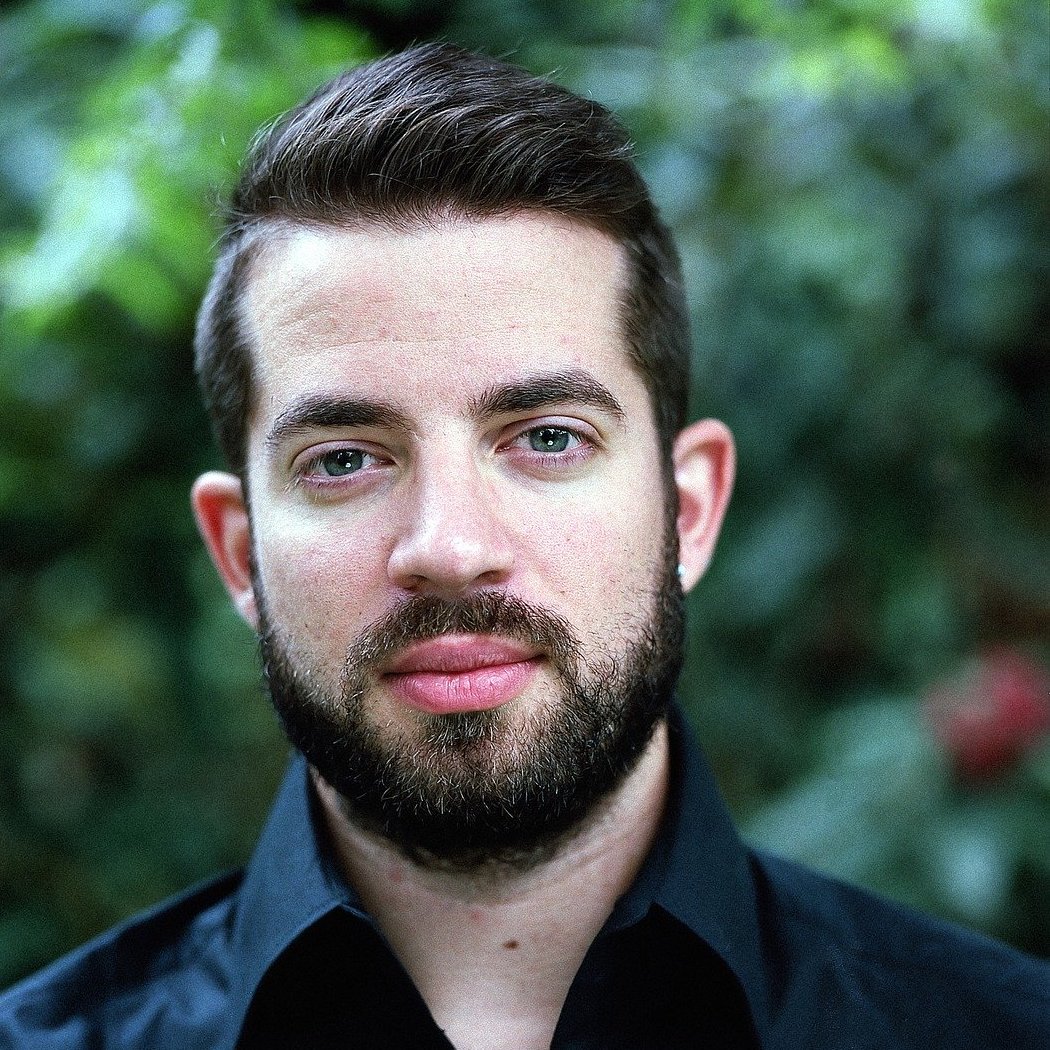Should We Study Film?

By Matt McKeown
Adding new disciplines to the hallowed list of the arts is a rarity, but the time may have come to do so.
Most fans of the CLT probably support teaching the liberal arts (or, more broadly, the humanities). The arts form an important element in education, in part because they accent the non-utilitarian side of learning. Today, I would like to propose an addition to the standard humanities curriculum: film studies.
As a medium, cinema has been around for well over a century, and has become an important aspect of culture all across the globe. Film studies already exist at the college level and above, of course, and have since the founding of the Moscow Film School in 1919. I suggest that film studies be added to standard high school curricula, if not earlier—or, in terms of the Trivium, in the Dialectic and Rhetoric stages. This would be a substantial change, and it calls for justification. I suggest four reasons to make this addition, four lenses through which to view film.
First, film is a form of literature—at least as much as, and for the same reasons that, drama is a form of literature. For that matter, many celebrated films have been adapted from the stage: Casablanca is perhaps the most famous, along with many other classics, like Twelve Angry Men, Gaslight, and Arsenic and Old Lace. A good chunk of the film industry is devoted to adapting plays and books to the screen, as we know. Many people’s first exposure to Tolkien or Wilde or Shakespeare himself is via film, rather than in print or even on stage, and the Disney company’s bread and butter comes from the Grimms, Andersen, and Perrault. “The book was better” is a common and often very just refrain; but in many cases, the film prompts people to go and read the book, so we can thank it for that. And of course, all of this is without considering that films not based on previous works can make intelligent, compelling literature in their own right, as in The Mission or Spirited Away.
Not even the church is so powerfully equipped to serve the public psychologically as is the motion picture company.
William Moulton Marston
Speaking of Hayao Miyazaki, films also merit study as art. This is immediately clear in the medium of animation: for instance, in 1991, Beauty and the Beast was the first animated film to be nominated for Best Picture partly thanks to its magnificent visuals. But obviously live action films rely on their visuals as well, both in æsthetics and in storytelling. Choices like how to frame and angle a shot, or whether to use color, can convey a great deal of information to the audience in an instant. This is one of the reasons that cinema can make extensive use of silence (as in Das Boot or A Quiet Place). Books, since they consist in words, are in one sense incapable of silence, and silence on a stage is extremely risky since the focus is usually on the dialogue more than on the visuals. Thanks to cinematography, films can sustain long periods of silence, and even in some cases do without dialogue entirely.
Thirdly, film criticism stimulates and exercises the mind, for the same reasons that art and literary criticism do. Film theory has provided material for extensive discussions on the nature of creativity itself, notably in the argument between supporters of auteur theory and of “death of the author.” Stated briefly, auteur theory analyzes films in the context of the whole body of a director’s work, looking for recurring ideas and motifs (e.g., suspense in the films of Alfred Hitchcock). By contrast, “death of the author” posits that each work stands alone and that outside considerations—up to and including the stated intent of creators themselves—should not enter into our analysis. This obviously has implications for every art form, not just cinema.
Finally, we must reckon with the fact that film is not only a major element in culture, which would merit study in any case, but also a means of propaganda. Propaganda has become a dirty word, and with some cause; but it is worthwhile to recall that, as the etymology indicates, it originally meant simply “a means of propagating ideas.” This can be pernicious, but it need not be; that depends on the ideas in question and the honesty of the propagandist. Film as propaganda—whether explicitly, as in the shameful works of Leni Riefenstahl, or in more subtle forms—affects each of us deeply, moulding our feelings and thoughts at least as powerfully as books do. This is even and especially true when we are not thinking about it. If we wish to interact with propaganda intelligently, whether by accepting its message or rejecting it or producing a counterpoint of our own, we must do so by deliberate, conscious engagement with the medium. And the younger we start this kind of thoughtfulness about film, the easier it is to form the habit.
__________________________________________________________________________________
If you enjoyed this piece, check out some of our other pieces here at the Journal, like this author profile of Fyodor Dostoevsky, this “Great Conversation” post about the idea of history, or this essay on Constitution Day. And be sure to check out Anchored, our weekly podcast on education and culture.
Published on 27th January, 2021.